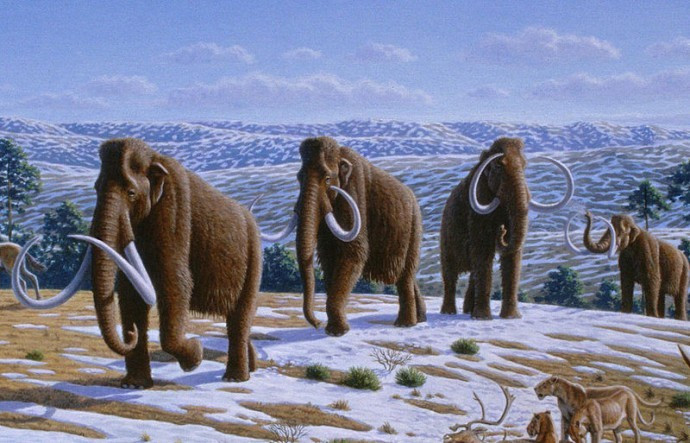Boy Finds 30,000-Year-Old Mammoth in Russia

An 11-year-old boy in Russia has discovered the remains of a 30,000-year-old mammoth, thought to be the second-best preserved example of the animal ever found.
Yevgeny Salinder found the prehistoric animal on Cape Sopochnava Kagra in the Krasnoyarsk Region, which is located in the far north of Russia.
After discovering the mammoth, the boy told his parents who then contacted the authorities. It took scientists a week to excavate the remains, which included scraps of fur, flesh, fat and intact internal organs.
An initial examination of the carcass immediately confirmed a scientific hypothesis about the species, in that their hump is made from a fatty deposit, as found in camels, rather than being part of its skeletal structure.
Alexei Tikhonov, deputy director of the Zoological Institute of the Russian Academy of Sciences, told pravda.ru: "Everyone tried to guess why the animals are humped. Scientists believed that it was so because the animals had very large neural spines of the thoracic vertebrae.
"Now it turns out that it is not true to fact. We can see that this animal was very well adapted to the conditions of the north. The animals were saving fat for winter."
Eventually the mammoth will become an exhibit at the Taimnyr Regional Museum. The museum has already agreed to give the remains to the Russian Academy of Sciences, where further studies will take place.
The mammoth is believed to have died around 30,000 years ago at the age of 15 or 16. It has been unofficially named Zhenya - the diminutive form of the boy's name, Yevgeny.
This is the second well-preserved mammoth to be discovered this year. In September a perfectly preserved mammoth was found in Siberia, followed by reports which speculated that if scientists could find living cells in the remains, the animal could be cloned.
© Copyright IBTimes 2025. All rights reserved.




















